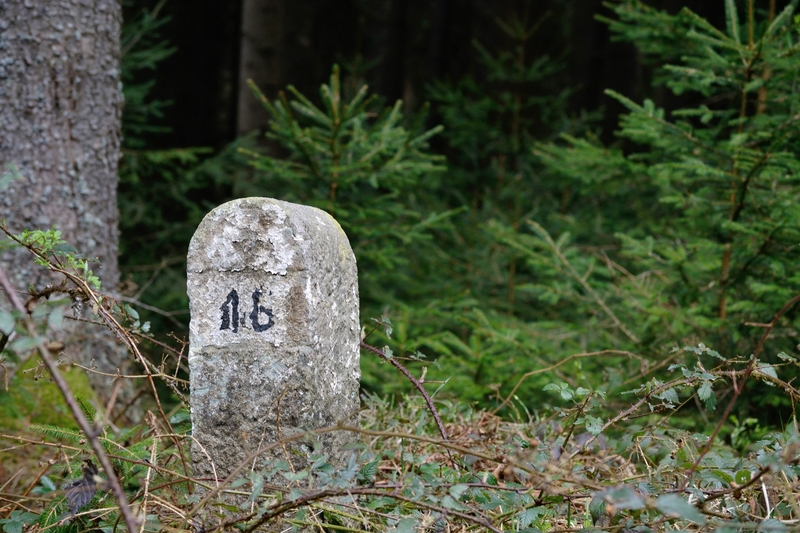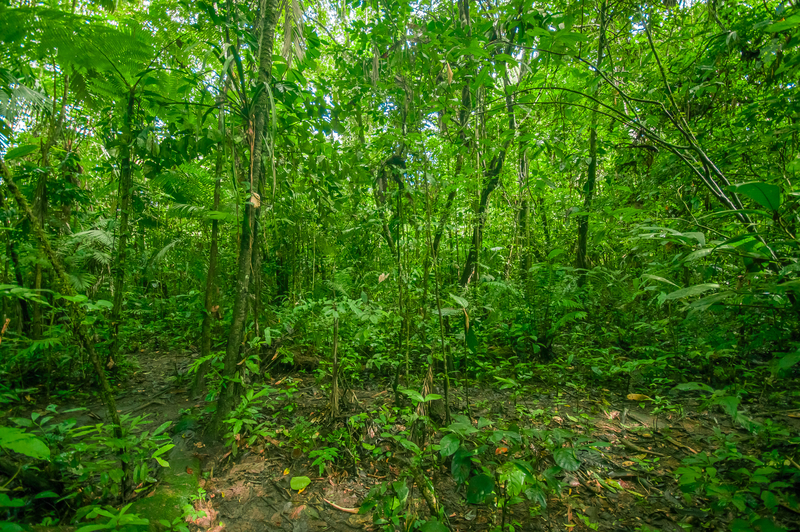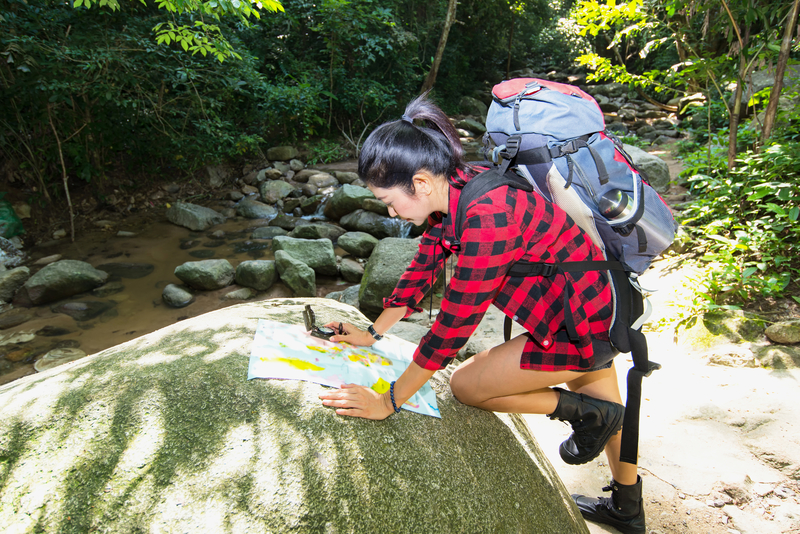Becoming lost in the woods can be easier than you may think. Some people believe that since they have lived around an area all their lives, and explored all throughout their local woods, they could never get lost. But even if you have a compass in hand and a map, or if you are following a marked trail, it is still possible to lose your way and head in the wrong direction.
The good news is that there are some tried and true methods that will help you stay on track when you are in the wilderness. Here are a few tips from an army field manual published in the 1950s. It includes tactics that will work just as well today.
Keep Your Course, Follow Landmarks, and Study the Terrain

Long before we had GPS on our smartphones, sailors and explorers would use the sun and stars to help them navigate. And many still use these natural resources today. But when the clouds restrict your view of the sky, there are other things you can do to get back on the right path.
When you are in an unfamiliar location, study the terrain and any outstanding features you may notice such as a crooked tree or large rock. Climb up to a high point and look around to get an unobstructed view of the land. Look at the vegetation, drainage patterns or the mountains and ridges around you. Choose a landmark that you can see from a distance, and as you near it, climb to the highest peak again and find another.
If you are traveling in a dense location, you won’t have the ability to locate landmarks in the distance. In this case, try to mark your path using bent branches, rocks, or by cutting notches into the tree trunks. You can also make marks by cutting vegetation and bending it so that the lighter side of the leaves are facing upward.
Follow Ridges and Streams
The route located along a ridge is typically easier to follow than walking around in the valley. Game is located on top of ridges and you can use them to guide you. A stream also makes an excellent natural route. Plus, there is also the advantage that a stream could lead to a populated area. If you are following a stream, you should prepare yourself to cut through thick vegetation.
Walking Through Dense Vegetation

Stay alert at all times while walking through dense areas. You should move slowly and quietly, and stop occasionally to listen and take your bearings. You can cover more territory by doing so and prevent yourself from alerting wild animals that could be in the area.
Develop a Jungle Eye
Regardless of if you are in a dense jungle area or the valley of the woods, you can avoid bruises and scratches while also preventing a loss of direction if you develop what is known as a jungle eye. Don’t pay attention to the tree patters or the vegetation that is directly in front of you. Instead, focus beyond that. Instead of looking at the wilderness, look through it. Stoop down occasionally and look along the terrain to prevent surprises from wildlife, insects, or snakes.
Climbing Trees
Climbing a strong and tall tree can help you view the entire countryside and find out where you are located. However, use caution when doing so. Always test each limb before you put all your weight on it. And always get a good handhold on a sturdy limb. Climb as close to the trunk as you can since the limbs are stronger at that point.
Most of all, try to stay calm as you work your way toward civilization. Don’t drink any stagnant or questionable looking water, and rest to conserve your energy as much as possible.





